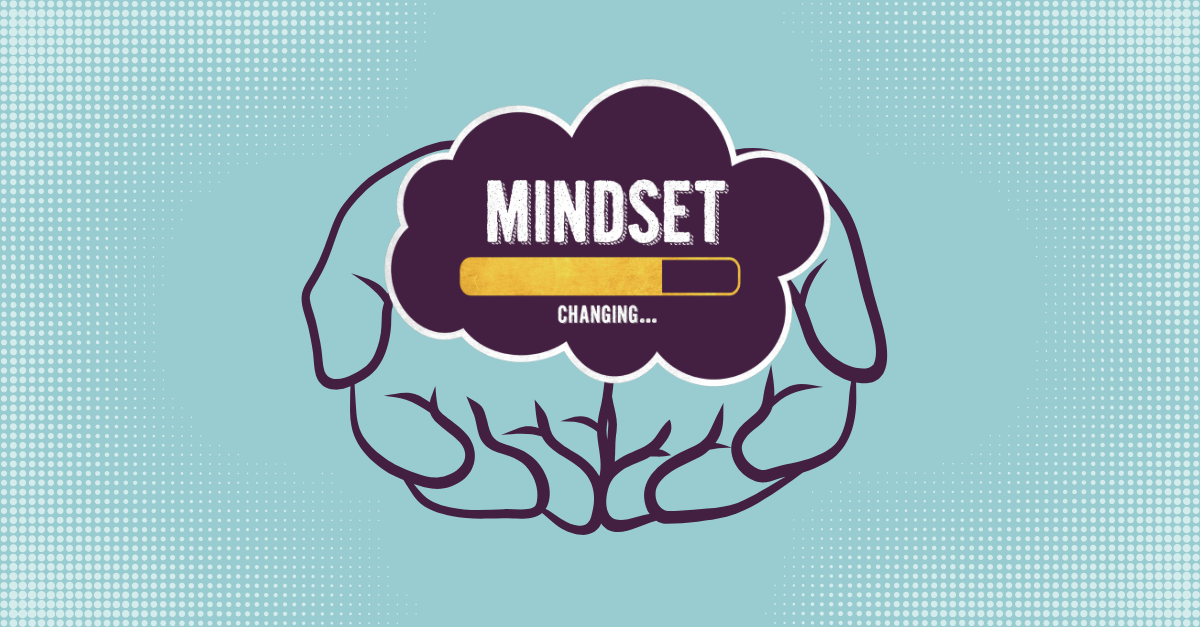Why Change Management Will Save Your Project
By: Sean Giblin, Senior Consultant, Collabry
Project managers are critical, delivering the "what" and "when" of transformation—budgets, timelines, and milestones. However, if change is solely documented in a Gantt chart, it's destined to fall short. That's where a change manager comes in. While project management expertise ensures delivery, change management expertise addresses the "who," "how," and "why" to ensure it works for the people involved.
History consistently shows that even the most technically sound projects can fail simply because people weren’t prepared, informed, or supported. Change management isn’t a "nice-to-have"; it’s the essential piece that transforms good plans into lasting outcomes.
Change Is Constant. Managing It Is Not.
Organizations in the financial services sector (and beyond) are in a state of near-constant evolution, encompassing new systems, structures, mergers, and migrations. While change is inevitable, successful, lasting change is not. Up to 70% of change initiatives fail, almost always for the same reason: The human element of change was either reduced to a launch slogan on cheap merch or, worse, not considered at all.
Change management is a structured, ongoing, people-focused discipline. It equips individuals to transition from current operations to future states. It's evidence-based, rooted in decades of behavioral research, and grounded in practical tools that facilitate effective transitions.
While project management expertise ensures delivery, change management expertise addresses the "who," "how," and "why" to ensure it works for the people involved.
How Change Management Complements Project Management
Think of project and change managers as two sides of the same coin. The project manager ensures you’re building the right thing, on time and on budget. The change manager ensures that, once it’s built, people know how to use it—and want to.
In the first 30 days of a major initiative, a project manager maps dependencies and aligns resources. A change manager, meanwhile, assesses readiness, plans communications, identifies potential resistance, and builds strategies to support adoption.





Proven Frameworks. Real Results.
Change management isn’t guesswork or "cool swag." Instead, it leverages time-tested frameworks such as:
The Prosci ADKAR® Model
Kotter’s 8-Step Process
Bridges Transition Model
McKinsey’s 7-S Framework
These models aren’t just theoretical; they guide real-world strategies. They remind us that successful change happens one person at a time, and that feelings like fear, resistance, or confusion aren’t obstacles to be bulldozed—they’re signals to be addressed. An experienced change manager will base their approach on the situation, often using a hybrid model tailored to the specific project and people involved.
The Business Case for Change Management
Let’s talk numbers. Organizations that implement effective change management are six times more likely to meet project objectives. They see up to 153% improvement in key performance metrics. Yet, change management typically accounts for just 5%–10% of a project budget.
On the flip side, poor change execution can be catastrophic. One global bank’s failed IT migration—rushed, poorly communicated, and unsupported by change leadership—cost hundreds of millions of dollars and lost 80,000 customers. In another case, a merger between two culturally incompatible companies flopped because leadership focused on reporting lines instead of intentional, considered integration. Synergies never materialized, and costs increased.
Organizations that implement effective change management are six times more likely to meet project objectives.
Modern Tools and Mindsets
Today, change leaders can leverage AI to quickly gain insight and mitigate risk via tools such as sentiment analysis. They can anticipate timing and resource needs with predictive dashboards. They can tailor training with personalized learning platforms. Most importantly, however, they know that keeping the focus on the people behind the data is key; there is no spreadsheet for empathy.
How to Make Change Stick?
Be strategic. Choose and adapt frameworks based on the challenge at hand.
Leverage data. Use metrics and AI responsibly to track progress and show ROI.
Focus on people. Build champions, engage stakeholders, and support the emotional journey.
At the end of the day, successful change isn’t about getting people to accept a new way of doing things. It’s about helping them own it.
So, the next time you’re assembling a team for a critical project, ask yourself: “Who’s managing the people side of this change?” If the answer is no one, it’s time to bring in a change manager.
Want to learn more or need help guiding your next transformation? Reach out today!

